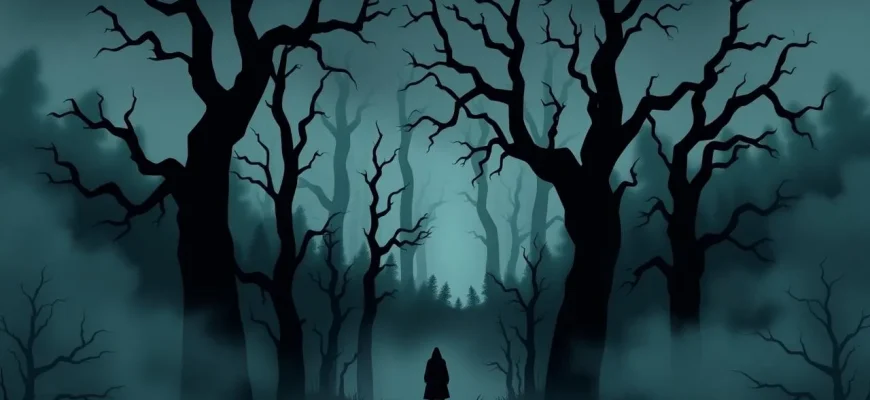The Carpathian Mountains, with their dense forests, ancient castles, and mysterious folklore, have long been a fertile ground for horror stories. This collection of 10 horror films not only showcases the haunting beauty of the Carpathians but also delves into the dark legends and supernatural occurrences that make this region a perfect setting for spine-chilling tales. Whether you're a fan of classic vampire lore or modern psychological horror, these films will transport you to a world where the line between reality and nightmare blurs.
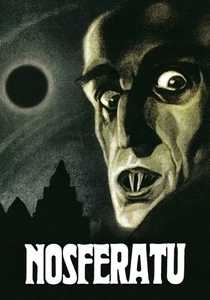
Nosferatu (1922)
Description: Although not explicitly set in the Carpathians, the film's Count Orlok is inspired by Dracula, and the eerie, gothic atmosphere evokes the same sense of dread associated with the region's vampire lore.
Fact: The film was an unauthorized adaptation of Bram Stoker's "Dracula," leading to a lawsuit by Stoker's estate, which resulted in all copies being ordered destroyed.
 Watch Now
Watch Now 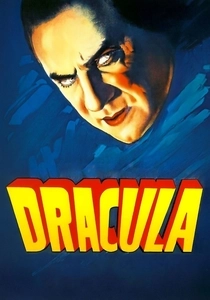
Dracula (1931)
Description: This classic film introduces audiences to the iconic vampire, Count Dracula, who resides in his castle in the Carpathians. It sets the stage for many adaptations to come, with its eerie atmosphere and chilling portrayal of the vampire mythos.
Fact: Bela Lugosi, who played Dracula, was buried in his Dracula cape. The film was one of the first to receive a sequel, "Dracula's Daughter."
 Watch Now
Watch Now 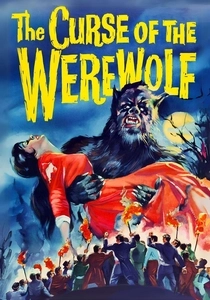
The Curse of the Werewolf (1961)
Description: Set in Spain but with themes that echo the Carpathian werewolf legends, this Hammer Horror film explores the tragic life of a man cursed to transform into a beast.
Fact: This was Oliver Reed's first starring role, and the film was directed by Terence Fisher, known for his work on Hammer's Dracula films.
 Watch Now
Watch Now 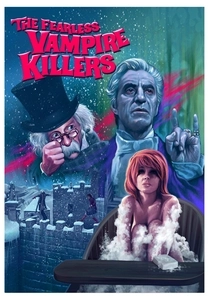
The Fearless Vampire Killers (1967)
Description: Roman Polanski's comedic take on vampire lore, set in the snowy Carpathians, where a professor and his assistant encounter a vampire-infested castle.
Fact: The film was originally titled "Dance of the Vampires" in Europe. Polanski himself plays the role of Alfred, the assistant.
 Watch Now
Watch Now 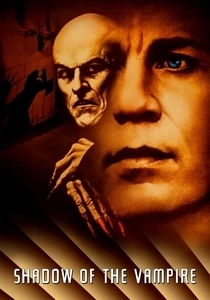
Shadow of the Vampire (2000)
Description: A meta-horror film about the making of "Nosferatu," where the actor playing the vampire is suggested to be a real vampire, with scenes set in the Carpathians.
Fact: Willem Dafoe's performance as Max Schreck earned him an Academy Award nomination for Best Supporting Actor.
 Watch Now
Watch Now 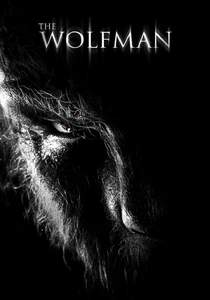
The Wolfman (2010)
Description: While not exclusively set in the Carpathians, the film's werewolf mythology and gothic atmosphere resonate with the region's dark folklore.
Fact: The film was a remake of the 1941 classic, with Benicio del Toro starring as the titular character.
 Watch Now
Watch Now 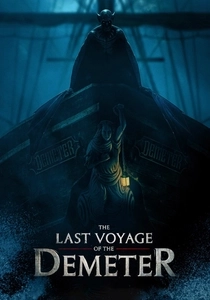
The Last Voyage of the Demeter (2023)
Description: This film focuses on the chapter from "Dracula" where the vampire travels to England, with scenes set in the Carpathians before the ship's departure.
Fact: The film was in development for over two decades before finally being released.
 Watch Now
Watch Now 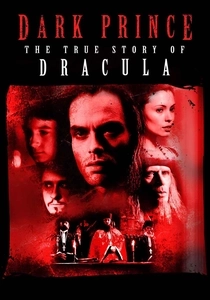
Dark Prince: The True Story of Dracula (2000)
Description: This historical horror film delves into the life of Vlad the Impaler, whose legend inspired Dracula, set against the backdrop of the Carpathians.
Fact: The film was produced by the Sci-Fi Channel and focuses more on historical accuracy than on supernatural elements.
 Watch Now
Watch Now 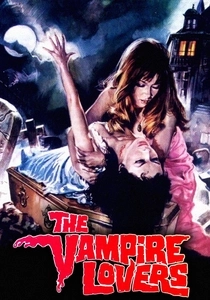
The Vampire Lovers (1970)
Description: This film, part of the Karnstein Trilogy, features a vampire from the Carpathians seducing and preying on young women in a gothic setting.
Fact: It was one of the first films to feature lesbian vampire themes, inspired by Sheridan Le Fanu's "Carmilla."
 30 Days Free
30 Days Free 
The Carpathian Castle (1981)
Description: Based on Jules Verne's novel, this film explores the mysteries of a castle in the Carpathians, blending elements of horror and adventure.
Fact: The film was shot in Romania, using real Carpathian locations for authenticity.
 30 Days Free
30 Days Free 
